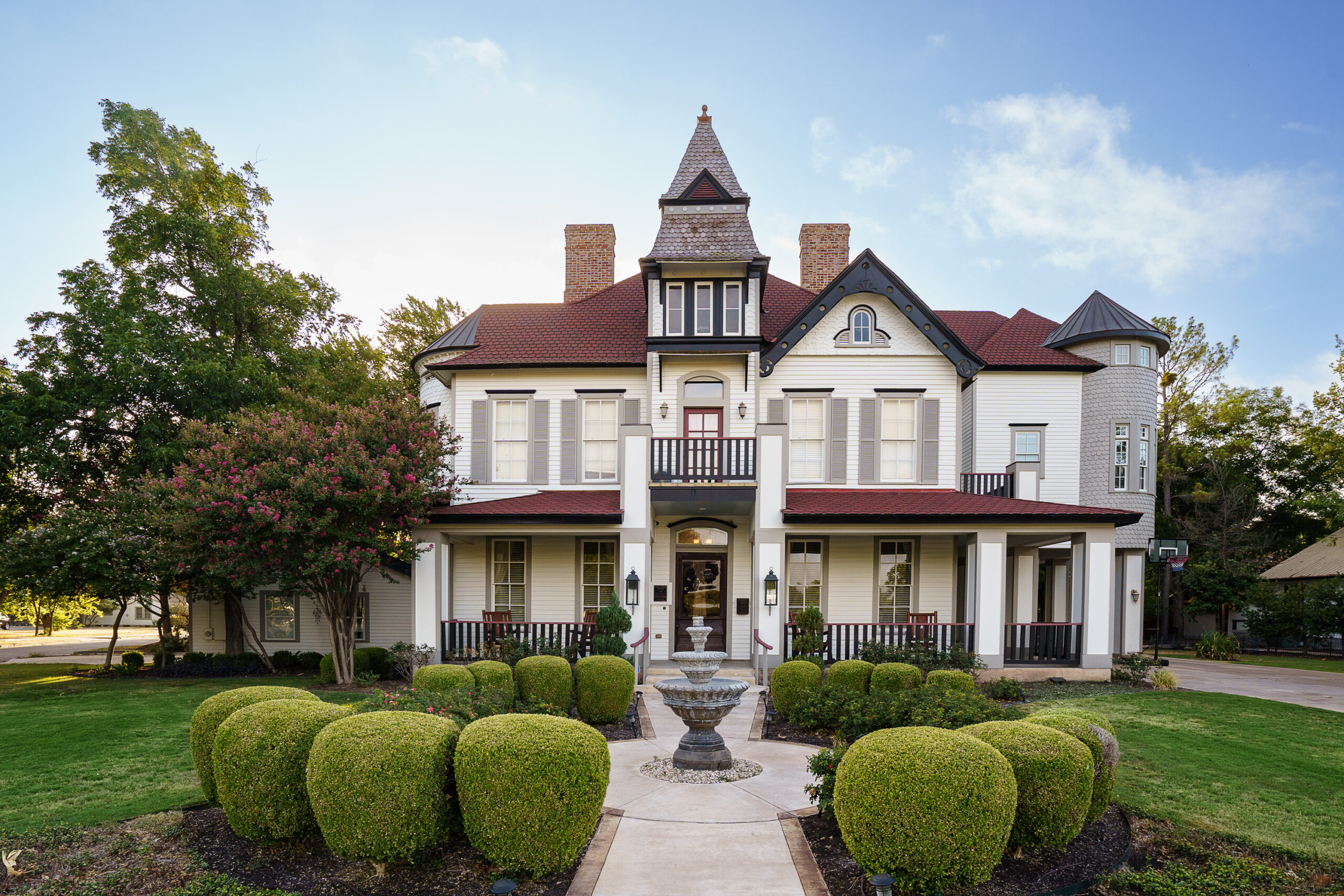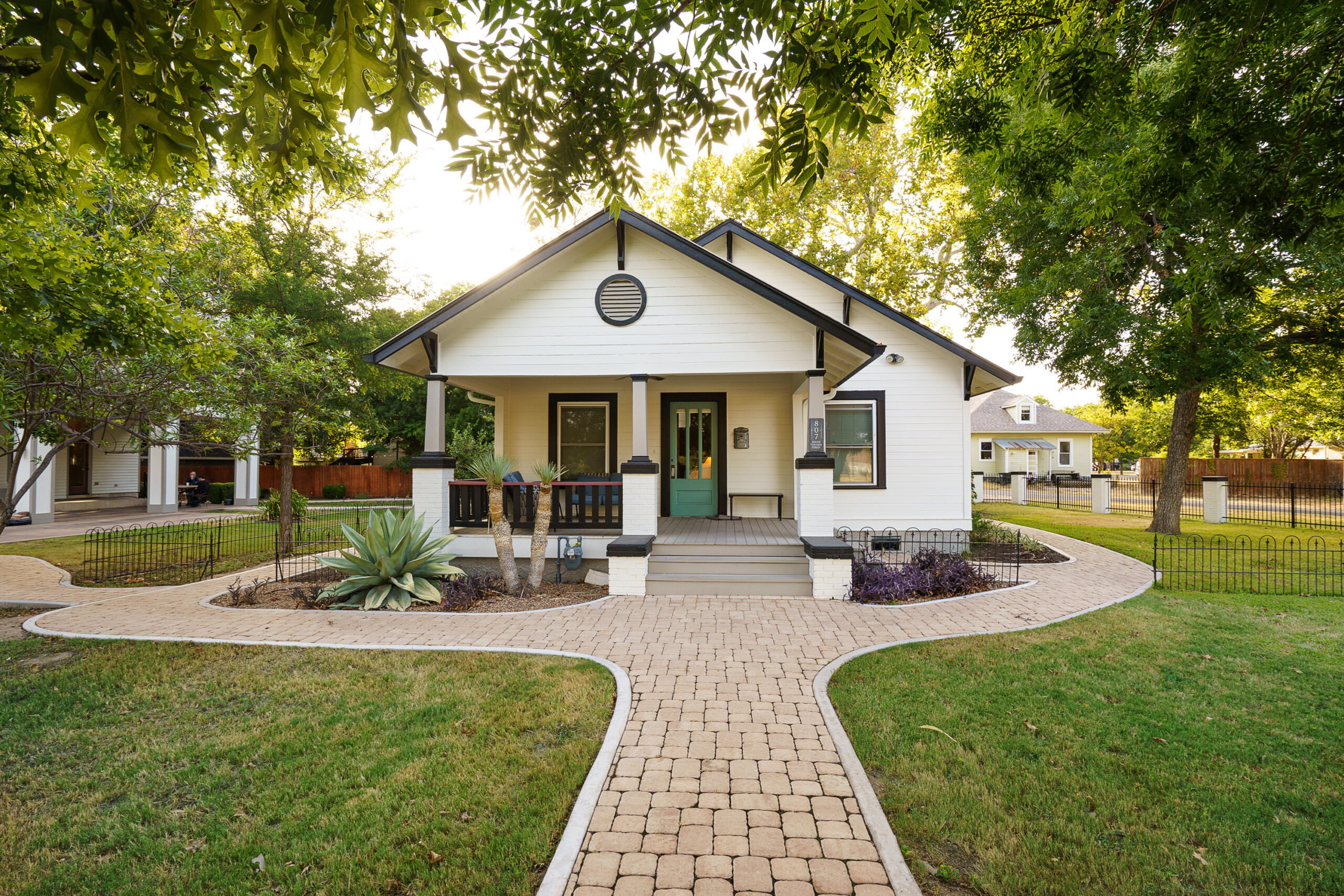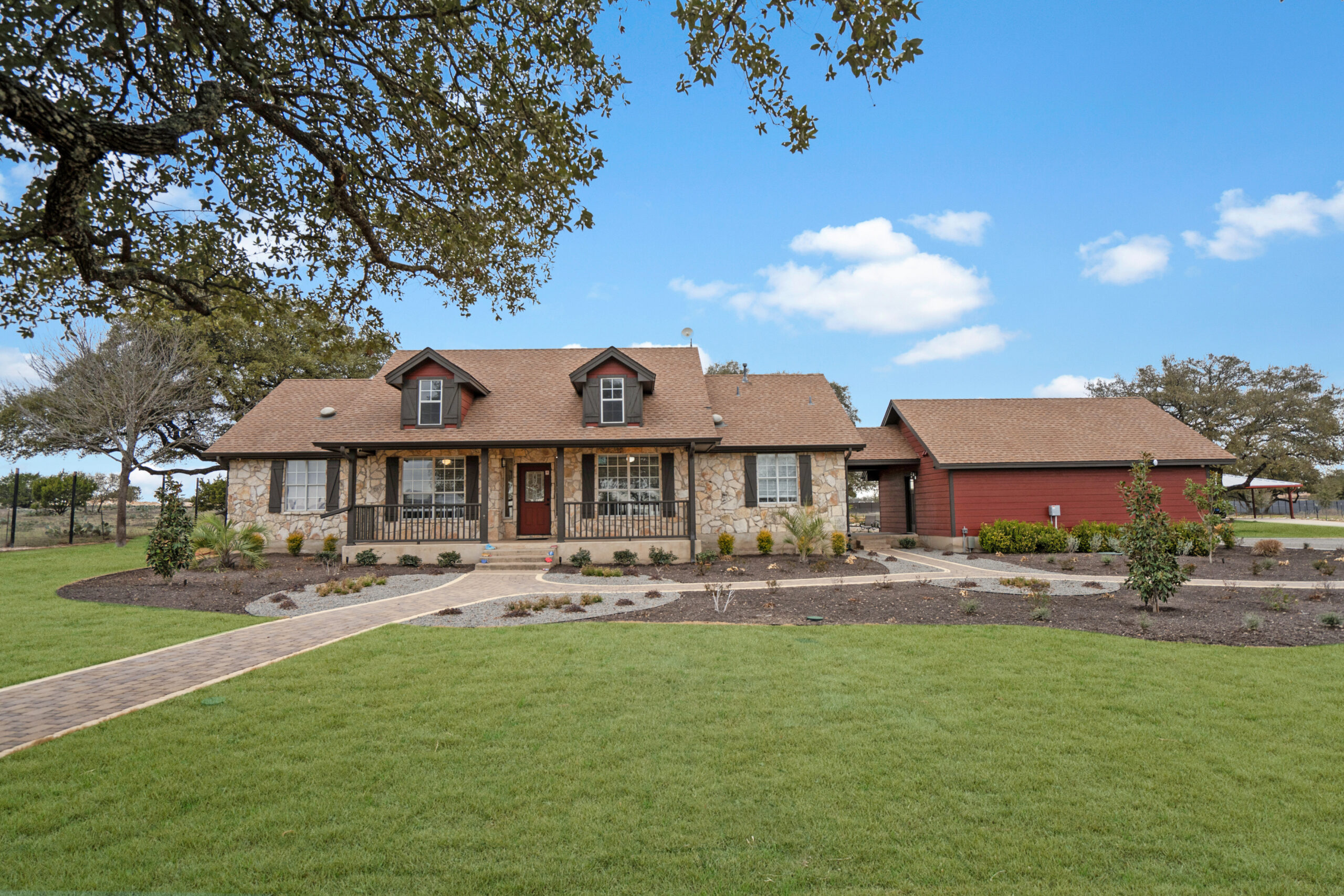Exploring Bipolar Disorder Treatment Centers
When considering options for managing bipolar disorder, it’s crucial to understand the landscape of available treatment centers. Some focus on residential care, providing a stable environment for in-depth recovery, while others offer outpatient services designed to integrate treatment into daily life. Regardless of the format, these centers are pivotal in teaching patients how to manage symptoms effectively and live fulfilling lives.
Bipolar disorder treatment centers aim to balance medication and therapy, a combination shown to significantly improve outcomes. Patients often collaborate with a multidisciplinary team, including psychiatrists, psychologists, and social workers, to address their unique needs. This team-based approach ensures that all aspects of an individual’s mental health are considered, drawing on a wealth of experience in mental wellness.
Importance of Holistic Care
Treatment for bipolar disorder extends beyond traditional methods, incorporating holistic elements to address the mind, body, and spirit. Centers that offer yoga, mindfulness practices, and art therapy provide a well-rounded treatment plan. Such activities are not just supplementary; they actively contribute to the healing process by reducing stress and improving emotional regulation.
As someone who has spent over two decades in mental health care, I’ve seen firsthand the transformative power of holistic therapies. Patients engaging in this comprehensive care approach often report enhanced self-awareness and resilience. These experiences underscore the value of incorporating diverse therapeutic modalities in bipolar disorder treatment centers.
Choosing the Right Treatment Center for Bipolar Disorder
Finding the best fit among bipolar disorder treatment centers can feel daunting, but approaching this decision with a checklist can simplify the process:
- Identify specific treatment needs, such as co-occurring conditions.
- Assess the level of care required: residential, partial hospitalization, or outpatient.
- Consider the center’s location and proximity to support networks.
- Review the facility’s accreditation and the staff’s credentials.
- Explore whether the center’s philosophy aligns with personal recovery goals.
Being methodical in this selection can make a significant difference in recovery success. Additionally, partnering with a health professional who can provide guidance based on expertise can further enhance the decision-making process.
What Qualifies as a Bipolar Disorder Treatment Center Emergency?
An emergency at a bipolar disorder treatment center typically involves any situation where the patient’s safety or the safety of others is at risk. Common emergencies may include suicidal thoughts, severe manic or depressive episodes, or co-occurring substance abuse crises.
In such scenarios, immediate intervention is essential. Here are key steps centers follow during emergencies:
- Immediate assessment by trained medical staff to determine the severity of the situation.
- Stabilization of the patient through medication or therapeutic interventions.
- Contacting emergency services if the situation escalates beyond the center’s capacity.
- Providing ongoing monitoring and support throughout the crisis.
- Involving family members or guardians in the process when appropriate.
Emergencies require swift, coordinated responses to ensure the safety and well-being of everyone involved. Centers are well-equipped to handle such situations, thanks to established protocols and trained professionals.
The Role of Family in Treatment
Family involvement is a cornerstone of effective treatment in bipolar disorder treatment centers. Family members can provide essential support, helping patients navigate their journey to recovery. Centers often offer family therapy sessions, which help improve communication patterns and resolve any underlying conflicts that may hinder recovery.
My experience has shown that families play a crucial role in reinforcing the treatment strategies learned at the center. Through education and active participation, families become empowered to support their loved ones, enhancing the treatment’s success rate. Seeing the progress that comes from family involvement is one of the most rewarding aspects of my career in mental health care.
Ultimately, the collaborative effort between treatment centers, patients, and their families lays a strong foundation for lasting recovery and overall well-being.
What factors should I consider when choosing a bipolar disorder treatment center?
Choosing the right treatment center is a critical decision, and understanding your personal needs and treatment objectives is essential. Consider the level of care you require: residential, outpatient, or partial hospitalization. Residential care might be ideal if you need more structured, around-the-clock support, like the comprehensive programs offered at Alta Loma. Check the center’s credentials and the staff’s expertise, and see if their treatment approach aligns with a holistic view, integrating therapies like cognitive behavioral therapy and recreational activities. It’s also important to think about the location: is it close enough for family involvement, which can significantly impact recovery? Reflect on all these factors and maybe even visit a few centers. Often, a visit can give you a feel for the environment and whether it aligns with your path to healing.
How does a holistic approach enhance treatment for bipolar disorder?
A holistic approach considers the whole person, not just the symptoms, which can be transformative in treating bipolar disorder. At centers like Alta Loma, holistic care might include yoga, mindfulness practices, and nutritional planning, which support emotional regulation and stress reduction. Imagine a scenario where a patient learns to manage their symptoms through a combination of medication, therapy, and holistic activities, witnessing an improvement in their quality of life. Studies have shown that incorporating these elements can enhance self-awareness and resilience. By addressing not only the mind but also the spirit and body, patients are more likely to achieve lasting recovery. Think about what aspects of holistic care resonate with you and could bolster your treatment journey.
How important is family involvement in the treatment of bipolar disorder?
Family involvement is a cornerstone of successful treatment for bipolar disorder. It provides crucial support and can significantly strengthen the treatment process. Alta Loma, for instance, includes family therapy as a key component, where families learn communication skills and strategies to help their loved one. The role of the family can be likened to a support system where, even when away from the center, the patient feels encouraged and understood. When families are involved, they can also help reinforce the treatment strategies learned, improving the likelihood of sustainable recovery. Consider discussing with your family how they might be involved and supported during your treatment journey. This support network can be fundamental to a successful recovery.
What are common misconceptions about bipolar disorder treatment centers?
One common misconception is that bipolar disorder treatment centers are only for those in a severe crisis. In reality, these centers cater to a wide range of needs, from acute treatment to ongoing support and integration into daily life. Others mistakenly believe that treatment centers are restrictive or have a one-size-fits-all approach. In truth, places like Alta Loma provide personalized care plans that consider individual histories and goals. Another myth is that a short stay can ‘cure’ a person. Treatment is often a complex, ongoing process requiring commitment and time. Reflect on these misconceptions, and if you’re considering treatment, look for a center that empowers and educates you about managing your condition effectively.
What qualifies as an emergency in a bipolar disorder treatment center, and how are they handled?
An emergency typically involves scenarios where safety is at risk, such as severe manic episodes or suicidal thoughts. Treatment centers like Alta Loma are well-prepared for such emergencies, with protocols for immediate assessment and stabilization. For instance, if a patient experiences a crisis, trained staff are ready to provide immediate intervention, including medication or therapeutic support. Should the situation exceed the center’s capabilities, contacting emergency services is the next step. Family involvement can also be crucial during emergencies, aiding communication and understanding. Knowing how a center handles emergencies can offer peace of mind when choosing a treatment center. What steps do you think are important in managing crises effectively?
Why is it important for treatment centers to offer personalized care plans?
Personalized care plans are vital because they address the unique challenges and strengths of each individual. A one-size-fits-all approach rarely works for mental health conditions like bipolar disorder, given their complexity and variability. Centers like Alta Loma excel in crafting tailored treatment plans, which might include cognitive behavioral therapy, medication management, and lifestyle strategies. Consider how a personalized approach allows for a deeper understanding of your condition and a more effective treatment. By focusing on individual needs, these plans can significantly enhance recovery outcomes. What specific aspects of personalized care do you think would benefit your treatment journey?
How do treatment centers support the integration of treatment into daily life?
Supporting integration into daily life is crucial for sustainable recovery, and it’s something Alta Loma prioritizes. This involves teaching coping strategies and providing tools for managing symptoms outside the treatment environment. Imagine participating in a program where community integration is key, like learning to navigate stressors you’ll encounter after leaving the center. Such centers often offer transitional programs, helping patients step gradually back into everyday life while maintaining support. Consider how a center’s approach aligns with your need for ongoing support once formal treatment concludes.
How does Alta Loma approach the treatment of co-occurring disorders alongside bipolar disorder?
Co-occurring disorders, such as addiction or anxiety, are common alongside bipolar disorder, and treating them requires a nuanced approach. Alta Loma emphasizes integrative care, where a patient’s mental health is addressed holistically. Imagine a treatment plan where both bipolar disorder and substance abuse are treated simultaneously, with interventions like therapy and medication tailored to both conditions. This comprehensive approach helps ensure that all facets of mental health are managed effectively. Studies indicate that treating co-occurring disorders together can improve overall treatment outcomes. As you explore treatment options, consider how addressing all aspects of your mental health might enhance your recovery.







